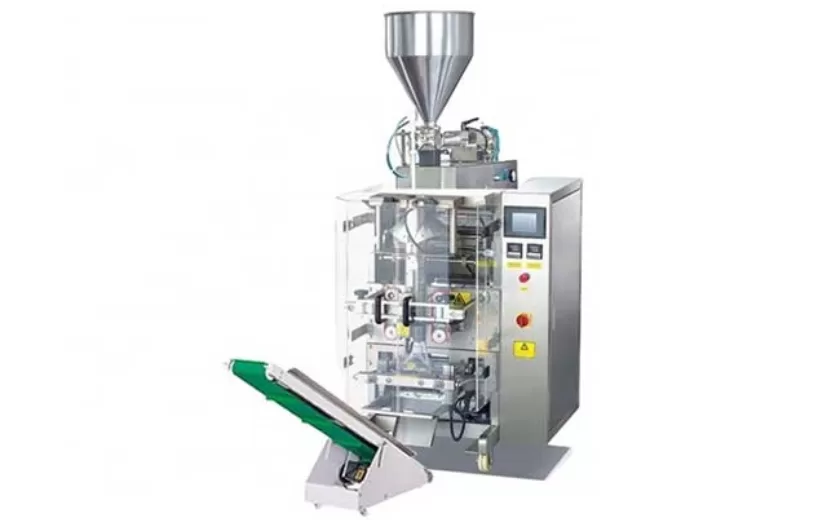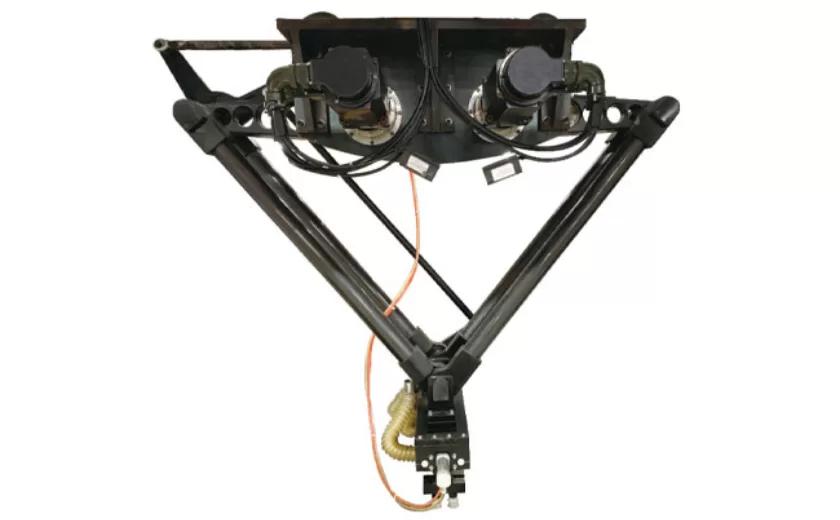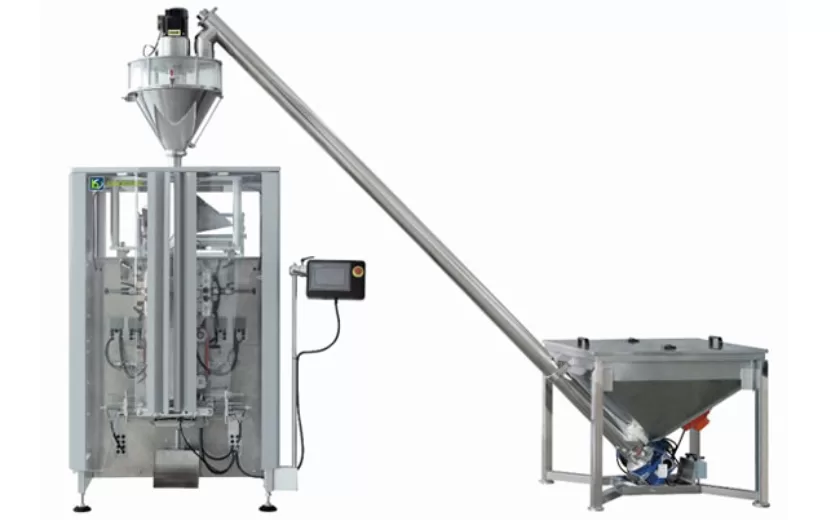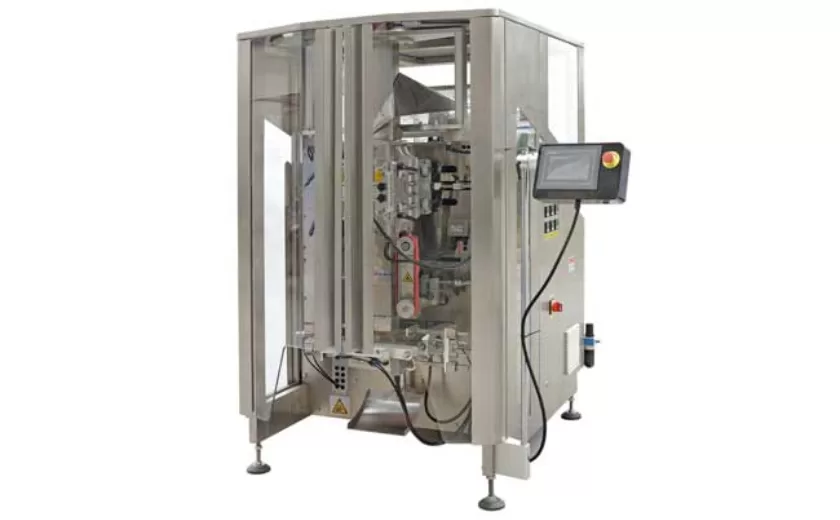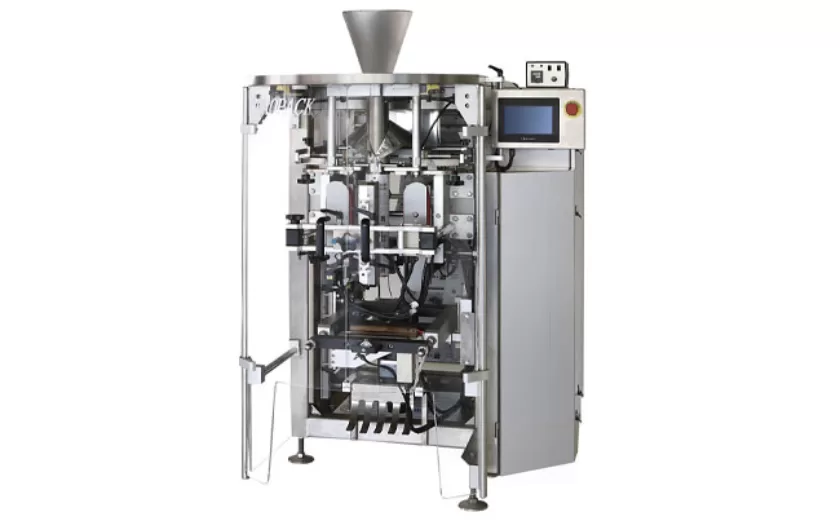Quality Control in Inverted Horizontal Flow Wrapping Operations
Inverted horizontal flow wrapping, a prevalent packaging technique, necessitates meticulous quality control to ensure product integrity and consumer safety. This article explores the multifaceted aspects of quality control in inverted horizontal flow wrapping operations, highlighting critical parameters and their impact on packaging efficiency.
Film Tension and Sealing Quality
Film Tension: Maintaining appropriate film tension ensures wrinkle-free packaging, preventing leaks and product contamination. Excessive tension can cause film tearing, while insufficient tension leads to loose seals and product spoilage. Continuous monitoring and adjustment of tension are crucial.
Sealing Quality: Proper sealing is essential to prevent oxygen and moisture ingress, ensuring product shelf life and freshness. Inverted horizontal flow wrapping employs heat sealing, where temperature and dwell time are critical factors. Inadequate heat or dwell time can result in weak seals, while excessive heat can scorch the film or damage the product.
Product Positioning and Orientation
Product Positioning: Precise product positioning within the packaging material is vital to avoid shifting during transportation and handling. Improper positioning can cause product damage or interference with product functionality. Monitoring and adjustment of product alignment sensors ensure accurate placement.
Product Orientation: Inverted horizontal flow wrapping can accommodate products of various shapes and orientations. However, it is crucial to ensure the correct orientation to facilitate product usage and handling. Alignment should be checked regularly to prevent product disorientation.
Heat Shrinkage and Product Protection
Heat Shrinkage: Heat shrinkage, often employed in inverted horizontal flow wrapping, enhances product stability and protects against environmental factors. However, excessive shrinkage can distort the product’s shape or damage delicate components. Temperature and duration of heat shrinkage need to be carefully controlled.
Product Protection: Packaging materials must protect the product from external influences such as moisture, dust, and UV radiation. The selection of appropriate materials and the validation of barrier properties are essential to ensure product preservation during storage and transportation.
Safety and Compliance
Sanitation and Hygiene: Inverted horizontal flow wrapping operations demand adherence to strict hygiene standards to prevent product contamination. Regular cleaning and disinfection of equipment, including sealing jaws and film contact surfaces, are crucial.
Compliance with Regulations: Packaging must comply with industry regulations and safety standards. Proper labeling, tamper-evident features, and materials that meet food contact requirements are essential to ensure product safety and regulatory compliance.
In-Process Monitoring and Control
In-Process Monitoring: Continuous monitoring of critical parameters during the wrapping process is vital to identify and address potential issues. Sensors for film tension, temperature, and product alignment should be calibrated and checked regularly to ensure reliable data.
Control Systems: Automated control systems play a crucial role in maintaining process stability and consistency. Feedback loops can adjust parameters based on real-time measurements, ensuring optimal sealing quality and product protection.
Quality control in inverted horizontal flow wrapping operations encompasses a comprehensive set of parameters, from film tension and sealing quality to product protection and regulatory compliance. By adhering to best practices, manufacturers can ensure the integrity and safety of packaged products, reducing waste and protecting consumer health. Continuous monitoring, feedback control, and adherence to hygiene and safety standards are paramount for effective quality control in these operations.
-
Advanced Packing Solutions: Snacks, Sugar, and Frozen Food Machines
29-10-2025 -
Efficient and Reliable Solutions for Salt, Nuts, and Frozen Dumplings Packing
29-10-2025 -
High-Performance Biscuits, Lollipop, and Ketchup Packing Machines for Modern Food Production
29-10-2025 -
Efficient Liquid Filling and Packing Machines for Modern Production
23-10-2025 -
Reliable Granule Packaging Machines for Efficient Production
23-10-2025 -
Efficient Auger Powder Filling Machines for Accurate Packaging
23-10-2025 -
High-Performance Liquid Filling and Packing Machines for Hygienic Production
10-10-2025 -
High-Efficiency Granule Packaging Machines for Precision and Speed
10-10-2025 -
High-Precision Auger Type Powder Filling Machines for Efficient Packaging
10-10-2025 -
Efficient Vertical Form Fill Seal Packaging Machines for Smart Production
10-10-2025





